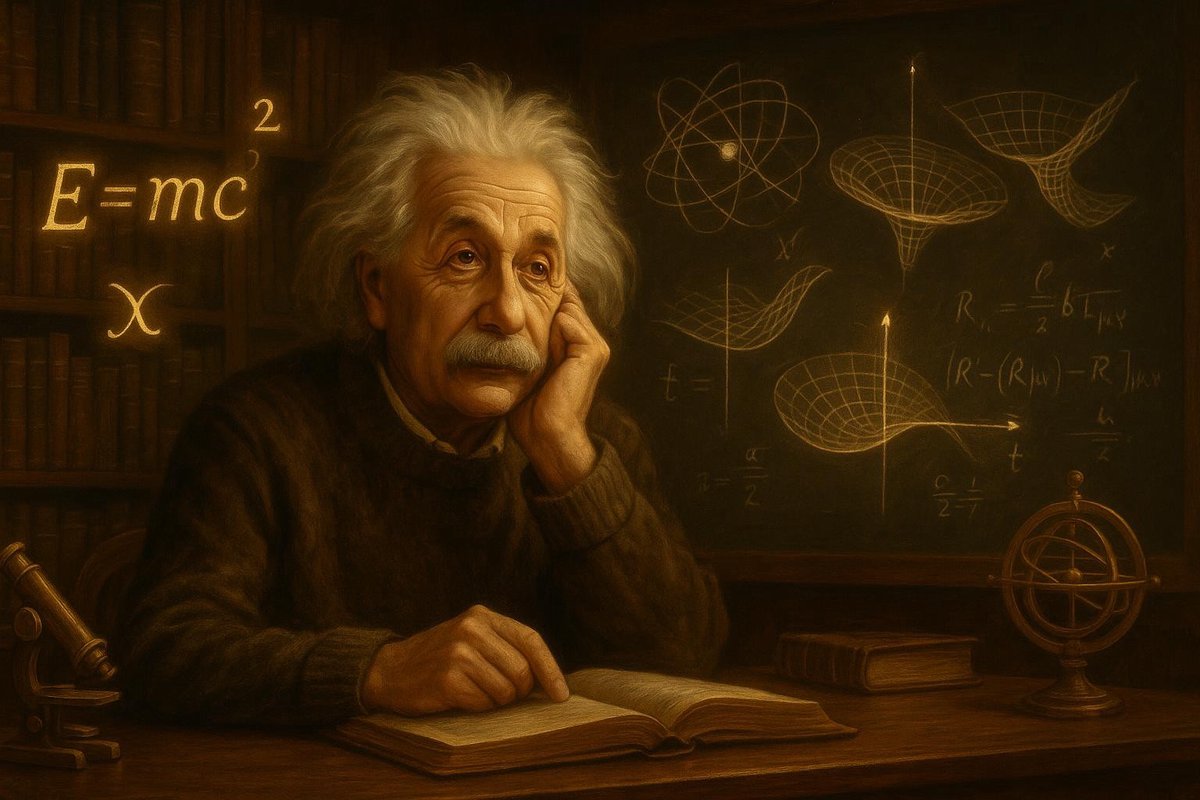
Early Influences: The Curious Mind of a Young Einstein
Imagine a young boy, Albert Einstein, gazing at a compass, mesmerized by its needle unwaveringly pointing north. This simple device sparked a lifelong curiosity about the unseen forces guiding our universe. Born in 1879 in Ulm, Germany, Einstein’s formative years were marked by a fascination with the natural world and a relentless quest for knowledge.
- The compass incident, which sparked Einstein’s enduring curiosity.
- His youthful disinterest in rote learning and preference for independent thought.
- Exposure to geometry and critical thinking during his teenage years.
Einstein’s early education was unconventional. He thrived on self-directed study, devouring books on philosophy and science. This habit of questioning everything, a trait shared by many great thinkers, laid the groundwork for his later revolutionary ideas. Even then, he mused about the mysteries of light and gravity, a hint of the profound questions he would one day answer. How does one man’s curiosity shape the fabric of our cosmos?
Mental Models: Imagining Beyond the Observable
Interestingly, Einstein’s genius wasn’t just about numbers and equations; it was about seeing beyond the veil of the apparent. He visualized complex concepts through thought experiments, a mental playground where time could bend and space could stretch. In 1905, his annus mirabilis, he formulated the special theory of relativity, a revelation that upended Newtonian physics.
- Einstein’s use of thought experiments, like imagining riding on a beam of light.
- The 1905 publication of his revolutionary papers, reshaping our understanding of reality.
- His ability to conceptualize time as a fourth dimension.
In this view, time wasn’t a fixed river flowing from past to future. Instead, it intertwined with space, forming a flexible fabric capable of distortion by mass and energy. This paradigm shift challenged conventional wisdom, urging humanity to reevaluate the very nature of reality. How do we perceive time when it is no longer absolute?
Challenges & Resilience: A Journey Through Skepticism
Of course, groundbreaking ideas often meet resistance, and Einstein’s theories were no exception. His bold propositions initially faced skepticism from the scientific community. Yet, Einstein’s resilience and clarity of vision prevailed as he refined his theories and addressed his critics.
- The initial skepticism faced by Einstein’s radical ideas.
- His perseverance in refining and defending his theories.
- The eventual empirical validation during the 1919 solar eclipse.
As time went on, the 1919 solar eclipse provided empirical validation when it confirmed his predictions about the bending of light around massive objects. This celestial event turned Einstein into a global icon, heralding a new era of scientific inquiry. What can we learn from his unyielding dedication to truth?
Legacy: The Everlasting Impact of Einstein’s Theories
Einstein’s contributions extended beyond reshaping scientific paradigms; they influenced the cultural and philosophical landscape of the 20th century and beyond. His theories continue to inspire exploration, from deep space telescopes to quantum mechanics, always beckoning us to explore the unknown.
- How Einstein’s theories laid the groundwork for modern physics.
- The cultural and philosophical implications of his work.
- Ongoing influence in scientific discoveries and technology.
His vision of a universe woven together by space and time challenges us to think differently, to question the status quo, and to embrace the mysteries that lie beyond our current understanding. How does his legacy compel us to seek the deeper truths of our own reality?
Fuel Someone Else’s Curiosity
As we reflect on Einstein’s groundbreaking journey, remember that curiosity remains a powerful catalyst for discovery. Share his story with friends, family, or anyone captivated by the mysteries of the universe. Spark conversations about the nature of reality, and let Einstein’s legacy inspire others to ponder the limitless possibilities that lie ahead. Together, we can fuel a collective curiosity that transcends generations.

Leave a Reply